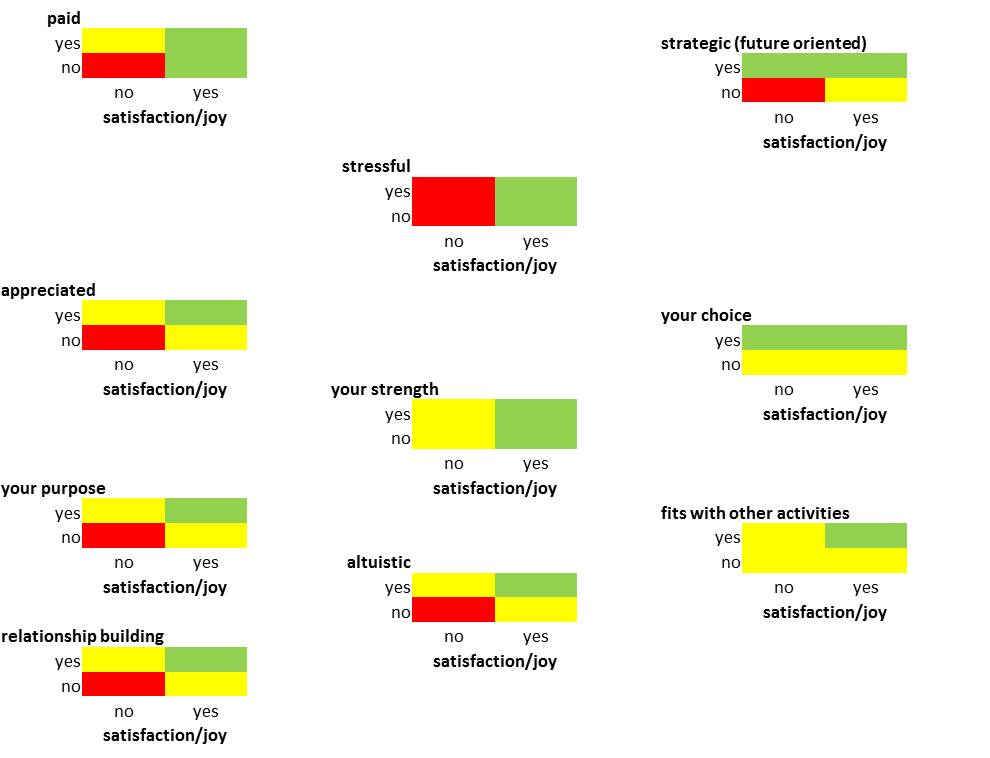The important thing is to do something, even if it’s as simple as making a pile of pile of pebbles. For it is always the doing that leads to the becoming, and before you know it you’re on the next stage of life. - Joan Anderson in A Walk on the Beach (2004)
~~~~~
Just thinking about something is not enough even if the change you are making is mostly a mental one. While there is a concept of continuous learning - in reality, we learn in spurts. Getting to a next stage of life generally prompts a learning spurt; sometimes we experience a spurt when we discover something new and pursue it with intensity. I find it more descriptive to think about life as a series of transitions. These transitions can vary in length and importance; they can overlap. The idea is to recognize our situation (the ‘as is’) and what we want (the ‘to be’) so that we can take the actions to make it happen.
Finding a way to ‘do something’ is an accelerant to transition. Realizing this should influence how you plan ….making sure that you focus on tangible actions. In reality there are almost always multiple transitions going on concurrently at various stages of maturity; think about your plan as something that will continue as your life moves forward; some transitions will complete but others will start…it’s the nature of life.
 Here are my rules of thumb for developing a personal transition (life?) plan:
Here are my rules of thumb for developing a personal transition (life?) plan:
- Plan a ‘something’ for every day that moves you toward a goal. It is easiest to have it be something that is part of a daily rhythm rather than a totally unique action. My current example: this blog.
- Identify a larger project that will take several months and add the time phased actions it will take to make it happen. My current example: get the interior of the house painted.
- Write it down. It doesn’t have to be fancy. I like to use a task list that includes dates and categories unless a project gets complicated enough that I need to identify relationships between the tasks (then I use something like Microsoft Project). My current example: task list in Microsoft Outlook with categories of blog, house, etc.
- Check off actions as you complete them. My current example: I look at the list every morning and, most days, mark everything complete by the evening.
- Every week/month assess how well you are moving toward your goal and make adjustments to your plan. My current example: I pretty much know how I am doing every day but I find adjustments or additions to the plan are made either weekly or monthly, depending on how quick the series of actions are.
A great periodic self-assessment is to ask yourself what you are doing differently from the way you were 3-6 months ago. The focus should be on how you have translated something you learned into how you live. It’s looking at the results of your plan from a different perspective and may help you answer the really important question - Did you move yourself toward your ‘to be’ objective?

























